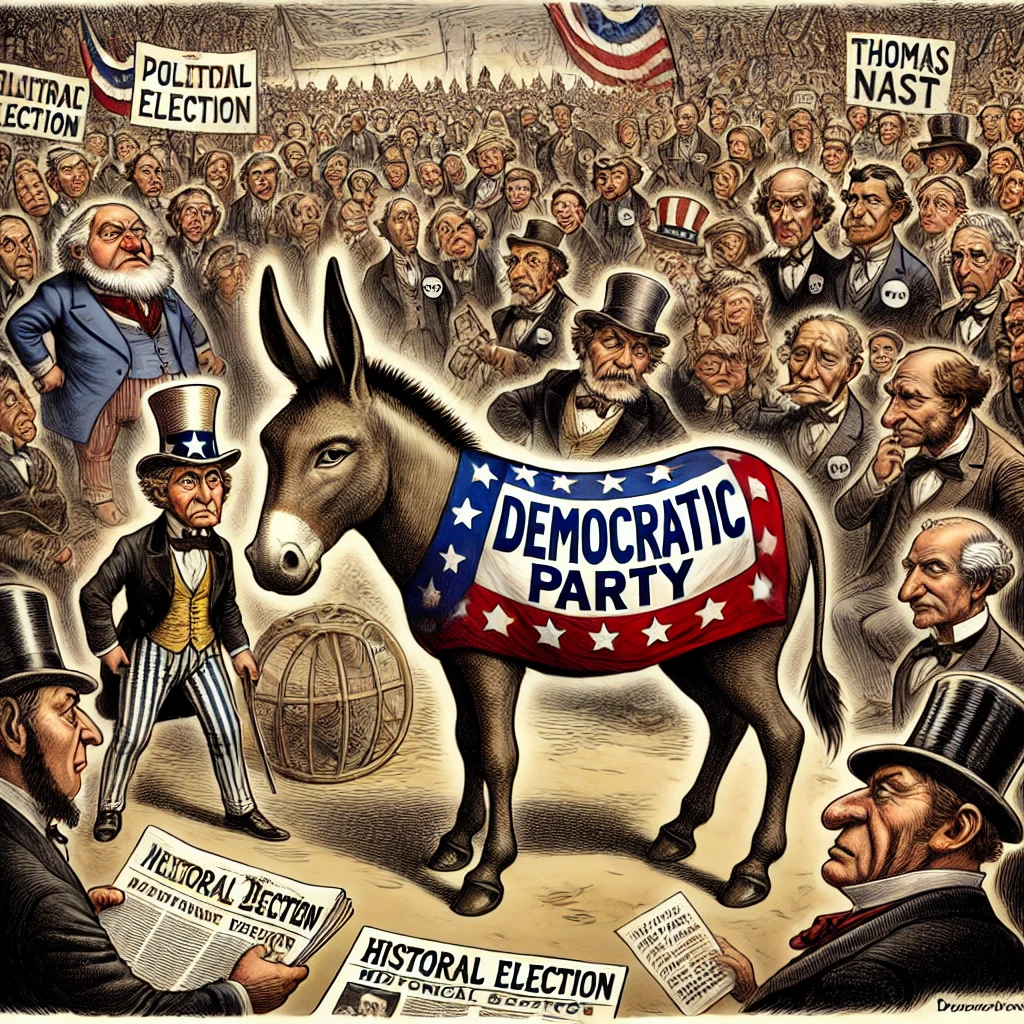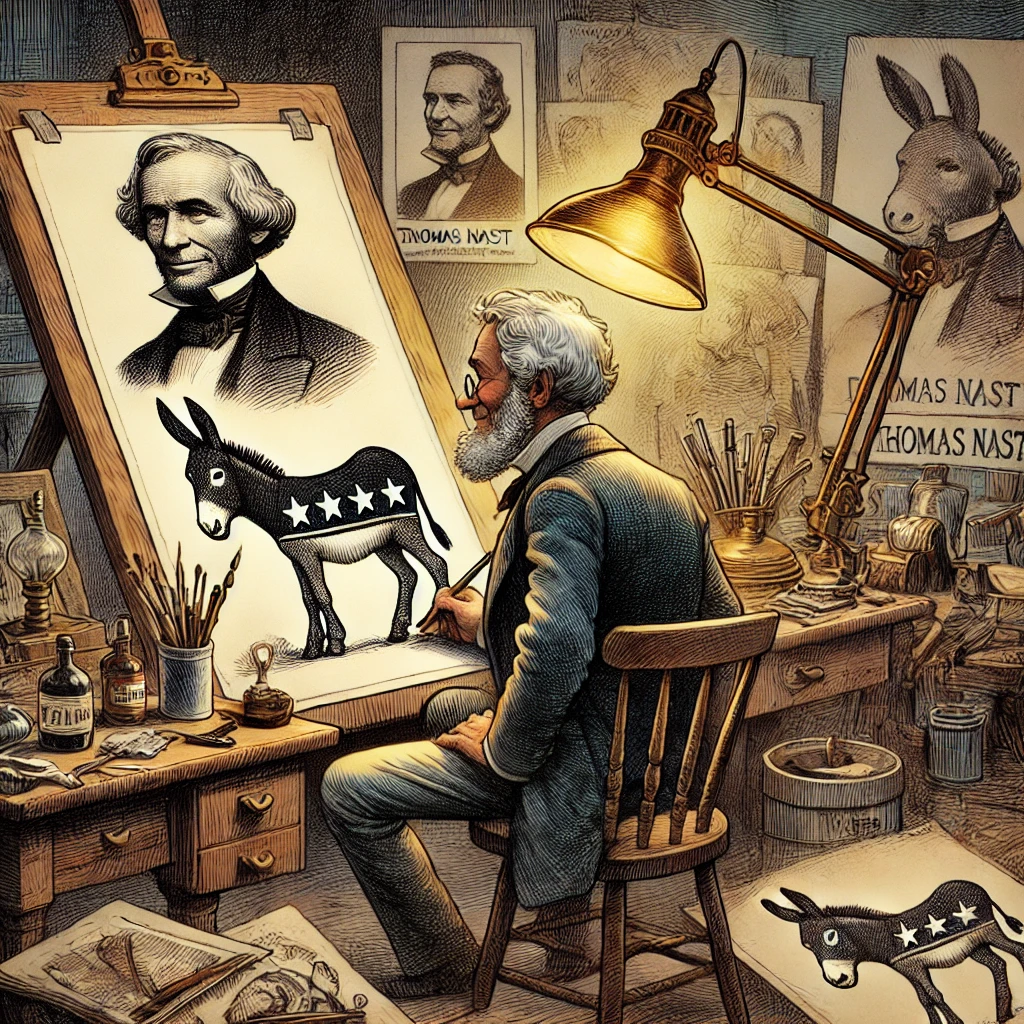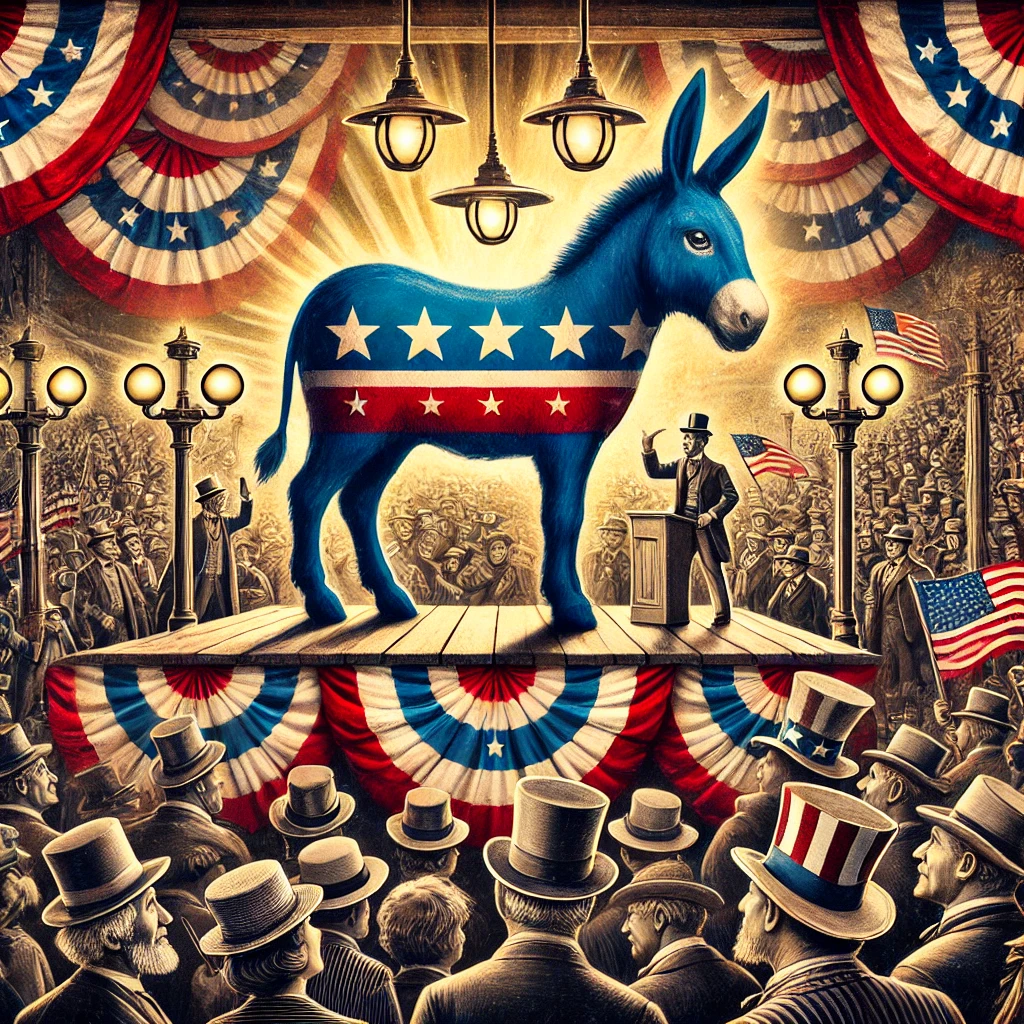On January 15, 1870, an unassuming political cartoon by Thomas Nast debuted in Harper’s Weekly, introducing the donkey as a symbol for the Democratic Party. While initially a satirical representation of perceived political stubbornness, the donkey has since become an enduring emblem of one of the United States’ major political parties. This historical moment, rooted in humor and caricature, has left a lasting legacy in American politics and visual culture.

The Origins of the Democratic Donkey
Thomas Nast, often hailed as the “Father of the American Cartoon,” was a master of political satire. His work often used symbolic imagery to convey complex political messages. In his January 15th cartoon, Nast portrayed the Democratic Party as a donkey, depicting it as stubborn yet resilient. This imagery wasn’t entirely novel; political opponents of Andrew Jackson, a Democrat and seventh U.S. president, had previously called him a “jackass.” Rather than taking offense, Jackson embraced the term, and it became loosely associated with his party.
However, Nast’s cartoon solidified the donkey’s place in the public consciousness. In the cartoon, the animal was used to critique Democratic opposition to certain policies and politicians of the era. Despite its satirical intent, the depiction resonated with the public and gradually evolved into a proud emblem of the party’s identity.

Nast’s Role in Shaping Political Symbols
Thomas Nast was no stranger to influencing political iconography. In addition to the Democratic donkey, he popularized the Republican elephant through his artwork. His ability to distill political dynamics into recognizable symbols helped shape the visual lexicon of American politics. Nast’s cartoons were widely circulated, offering commentary on issues such as corruption, civil rights, and party politics.
Nast’s work resonated across a broad audience, providing a common cultural reference point during a time of significant political upheaval. His symbols were simple yet powerful, and they continue to define how Americans visualize their political landscape. The introduction of the donkey exemplifies how art and satire can transcend their immediate context to become lasting cultural artifacts.
The Lasting Impact of the Democratic Donkey

Over the decades, the Democratic donkey has evolved from a satirical jab to a celebrated symbol of resilience and determination. It has been featured in campaign materials, party logos, and countless political cartoons, often used to illustrate the ideals and struggles of the Democratic Party. The image of the donkey represents a party willing to stand firm in the face of challenges, embodying values of hard work, perseverance, and empathy.
Today, the donkey’s significance extends beyond party branding. It serves as a reminder of the power of symbolism in politics and the ways in which visual art can shape public perception. The donkey and its counterpart, the Republican elephant, stand as testaments to the enduring influence of political cartoons in American history.
